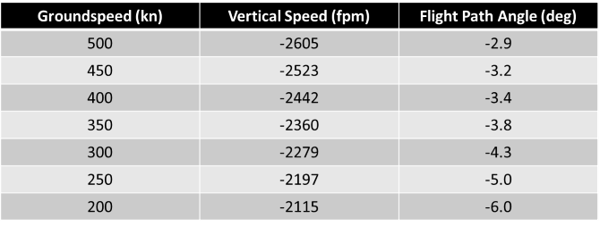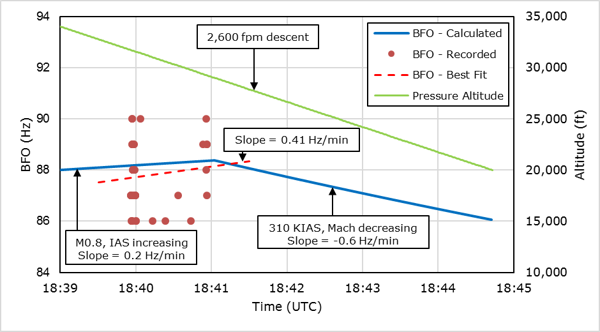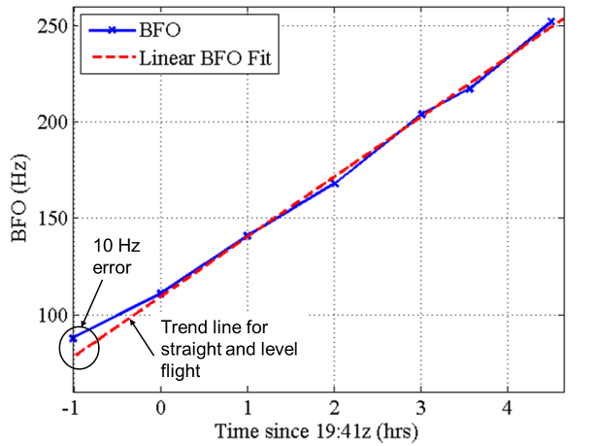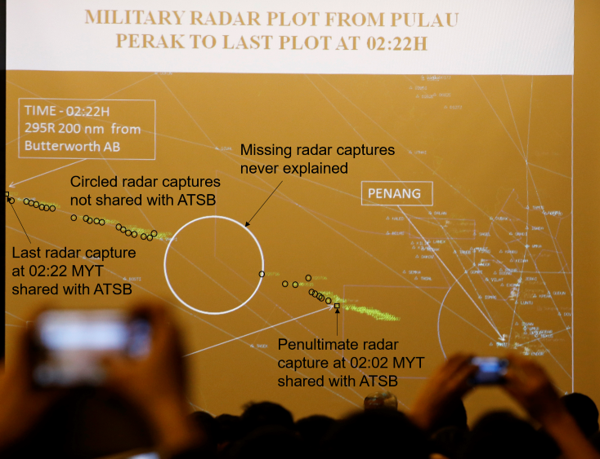
An article published in Free Malaysia Today reports that Peter Chong, a close friend and fellow political activist of Captain Zaharie Shah, is now missing. Just days before his disappearance, he complained on Facebook that he was accosted by a motorcyclist and told to be careful as “nowadays a lot of people have suddenly disappeared”.
Mr. Chong and the captain were both active in the opposition party PKR, which is how they first met. The captain would reportedly spend eight or nine hours a day helping the political campaign when not scheduled to fly.
I include the contents of the article below. I hope that Mr. Chong is found quickly and is not harmed.
Missing Peter Chong a close Friend of MH370 captain
PETALING JAYA: Peter Chong, the activist who went missing last week after he had narrated an apparent veiled threat against him, is a close friend of pilot Zaharie Ahmad Shah, captain of the Malaysia Airlines flight MH370 that mysteriously vanished three years ago.
Chong had vigorously defended Zaharie against speculations of possible responsibility over the incident in several interviews with international and local media, in the weeks after the plane disappeared en route from Kuala Lumpur to Beijing on March 8, 2014.
He had also attended vigils and other events dedicated to the 239 people who were aboard the missing plane.
In one photograph that had gone public, the two are shown together with Zaharie wearing a t-shirt which reads “democracy is dead”.
Chong’s family reported to the police on Saturday evening that they had not been able to contact him after he was seen leaving the house on the night of April 5.
In a Facebook posting on March 31, Chong, who likes to attend protests and candlelight vigils, had narrated how a motorcyclist accosted him earlier that morning, telling him to be careful as “nowadays a lot of people have suddenly disappeared”.
Chong, 54, had told FMT, in an interview published on March 17, 2014, that he first met Zaharie at a community event in Subang in 2012 and they soon became best of friends.
“He joined in as a volunteer and he was there cleaning and arranging the chairs,” Chong recalled.
“I realised that I had never met this guy before so I introduced myself. He told me that he worked with MAS and it was only later that I found out he was a captain.”
They were both also involved in political activism as Chong was then assistant to PKR’s Subang MP Sivarasa Rasiah, while Zaharie, a life member of PKR, campaigned for the party in the last general election in 2013.
In the interview, Chong also praised Zaharie, expressing his utmost trust in the pilot, describing him as a man who loves to share with his close friends the joy of flying.
“If I were to choose a pilot to fly me in the future I’d still choose Captain Zaharie because he is a responsible and honest guy,” he said.
The former Petaling Jaya City Council (MBPJ) councillor had reportedly told The Australian that Zaharie would spend eight or nine hours a day helping in the election campaign when not rostered to fly.
Chong added that Zaharie was “angry at corruption and how the courts were being abused” to allegedly push politically motivated charges against PKR de facto head Anwar Ibrahim who is now serving a five-year jail sentence for a sodomy conviction.
In another interview with the BBC first broadcasted on March 10, 2014, Chong had recalled speaking to Zaharie about a week before MH370 disappeared, saying he appeared to be in good spirits.
“The whole nation and the whole world are waiting for answers,” he had said in the interview.
“What I feel cannot compare to what his family and the families of all the other passengers and crew are feeling.”
The same can now be said of Chong’s own family who are waiting anxiously for word on his whereabouts.
His disappearance comes in the wake of the suspected abductions of Pastor Raymond Koh, Amri Che Mat, Pastor Joshua Hilmy and his wife Ruth since November last year.
Clips from CCTV recordings showing Koh being abducted in a professional manner by a group of masked men on a public road in Petaling Jaya in broad daylight on Feb 13 have been widely shared via social media.
Chong had reportedly attended a recent vigil for Pastor Koh.
Electoral watchdog Bersih 2.0 had yesterday requested for an “urgent meeting” with the Inspector-General of Police Khalid Abu Bakar over the mysterious disappearances of the activists.
Update 1 on April 11, 2017.
An article published on BH Online provides more details of the police investigation. I include the article below as translated from Malay to English by Google .
Police Investigating the Disappearance of Peter Chong
KUALA LUMPUR: Police looking into the disappearance activist Peter Chong, whether a foul or otherwise, after he was last seen at his residence in Bukit Ceylon here, 6 April.
This is because, the main focus of the Kuala Lumpur police contingent at the moment is to see whether the victim actually lost or disappeared for unknown reasons.
Chairman of the Kuala Lumpur Criminal Investigation Department, Senior Assistant Commissioner Rusdi Mohd Isa, said that at present it is still not able to confirm whether there is a criminal element in the case.
“Based on preliminary information we have received, the victim does not receive any element of criminal intimidation before she was reported missing, but there was no threat to him.
“However, the focus of our investigation and the investigating his disappearance done from various angles based on the information available,” he said when contacted BH, just now.
He said it was too early to say that Peter was abducted by certain parties but did not rule out the possibility he was hiding.
“We can not disclose any details for fear that can interfere with the investigation by a special team set up involving contingent Kuala Lumpur Dang Wangi police,” he said.
Rusdi said he is confident the loss of Peter does not have any connection with the disappearance of Father Raymond Koh, who was kidnapped by a group of men in Petaling Jaya on 13 February.
So, the Kuala Lumpur police have already stated that there was no criminal intimidation, despite Mr. Chong’s Facebook post in which he complained that a motorcyclist had warned him to be careful because others have disappeared. And the police are already confident that his disappearance has nothing to do with the disappearance of other political activists.
Hopefully the Malaysian police investigation is thorough and honest and not a whitewashing of the facts.
Update 2 on April 11, 2017
Peter Chong reportedly had recently attended a vigil for Pastor Raymond Koh, a socialist activist who was recently abducted. This chilling video shows the abduction of Pastor Koh, which involved seven vehicles and at least 15 individuals. The video shows just how well-orchestrated and professional the operation was.
In a related development, the Inspector General of Police (IGP), Tan Sri Khalid Abu Bakar, says the investigation into Pastor Koh’s disappearance is deadlocked because of the publicity surrounding the case, including the candle-light vigils. He angrily declares, “So once again I urge the media, individuals, and NGOs that want to get involved in kidnap cases, to shut your bloody mouths.”
Update 3 on April 12, 2017.
In a bizarre twist of events, in an article from the Malay Mail Online, the IGP is now claiming that Peter Chong was not abducted, and was photographed crossing the border into Thailand. The IGP threatened to take action against Mr. Chong if he staged his disappearance to appear as if he was abducted. The IGP also proposed that Mr. Chong might have fled the country to avoid debt. However, the IGP produced no evidence that Mr. Chong crossed the border, had staged his disappearance, or tried to avoid debt. Perhaps the evidence will eventually be released.
Here is the article in full:
IGP: ‘Missing’ activist Peter Chong in Thailand, not abducted
KUALA LUMPUR: Peter Chong, the former Petaling Jaya councillor, had crossed the Bukit Kayu Hitam border to Thailand on the day he was said to have gone missing.
Police today confirmed that immigration records and photos showed him crossing the border at 6.30am on Apr 7.
“We have immigration records and photos of him leaving the country. There is no record showing that he has returned to the country,” said Inspector-General of Police Tan Sri Khalid Abu Bakar.
He was speaking to reporters after attending the police monthly assembly hosted by the Criminal Investigation Department.
Khalid said police are working with its Thai counterparts to investigate Chong’s motive for leaving.
“We do not know what was his intention in showing as if he was abducted. But if his motive was to create panic in the country, police will take action against him.
“I hope he will contact his family to inform them of his condition.”
Khalid also clarified that police only investigated one out of five activists who were said to have been abducted, under Section 365 for kidnapping.
“Only the Raymond Koh case is being investigated under abduction. The other four, including Chong, were classified as missing person cases as there was no proof that they were abducted,” he said, adding there is no update on Koh’s disappearance.
Koh, 62, was abducted after a group of men stopped his silver Honda Accord along Jalan SS4B/10 in Petaling Jaya.
CCTV footage of Koh’s abduction went viral on social media, showing a professionally executed abduction involving more than 10 men in three black SUVs.
Before Khalid’s statement, questions had been raised on Chong’s disappearance as well. Chong had also posted a cryptic message on his Facebook page shortly before his disappearance.
Update 4 on April 16, 2017.
In article from the New Straits Times, we learn that Peter Chong claims that he traveled to Thailand to learn more about the abduction of Pastor Koh, was himself abducted, and later released. Thankfully, he is now safe and unharmed in Malaysia. It will be interesting to see how Mr Chong’s story squares with the scenario proposed by the IGP, in which Mr Chong staged his own disappearance and fled the country to avoid debt.
Here is the article:
KUALA LUMPUR: Peter Chong, the former Petaling Jaya councillor who re-emerged today after disappearing 11 days ago, has claimed that he was abducted while in Hat Yai, Thailand, where he had been all this time.
He told police that he had gone to Hat Yai to meet a source claiming to have information on the whereabouts of Pastor Raymond Koh Keng Joo, who was allegedly abducted in Petaling Jaya, on Feb 13.
However, upon reaching the southern Thai city, Chong claims he was abducted and taken north, to Pattaya.
He said he was abruptly released in Pattaya, where he contacted his son, Darryl, who arranged for him to fly home to Malaysia.
The identity of his abductor and the motive for his alleged kidnapping is unknown.
City police chief Datuk Amar Singh confirmed the details of Chong’s statement.
Earlier today, Inspector-General of Police, Tan Sri Khalid Abu Bakar, tweeted two pictures of the activist, believed to have been taken at the Kuala Lumpur International Airport (KLIA) at about 1pm.
“Congratulations @PDRMsia Kuala Lumpur. “Missing” Peter Chong is back from Pattaya, this afternoon,” the tweet read.
Khalid said police recorded Chong’s statement upon his arrival at the airport.
Chong went missing on April 6, in the wake of the alleged abduction of fellow activist, Koh. Chong’s family lodged a police report a day after his disappearance.
About a week before he disappeared, Chong left a cryptic post on his Facebook page which raised fears for his safety.












